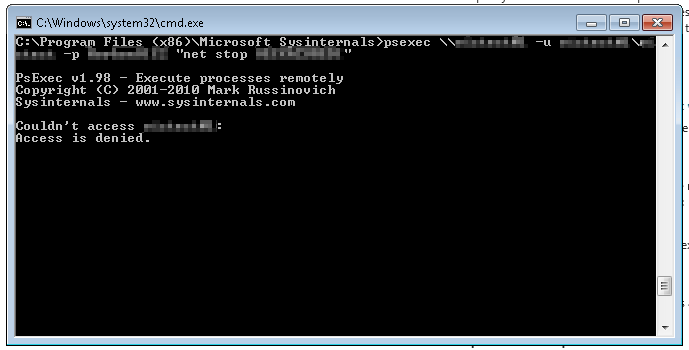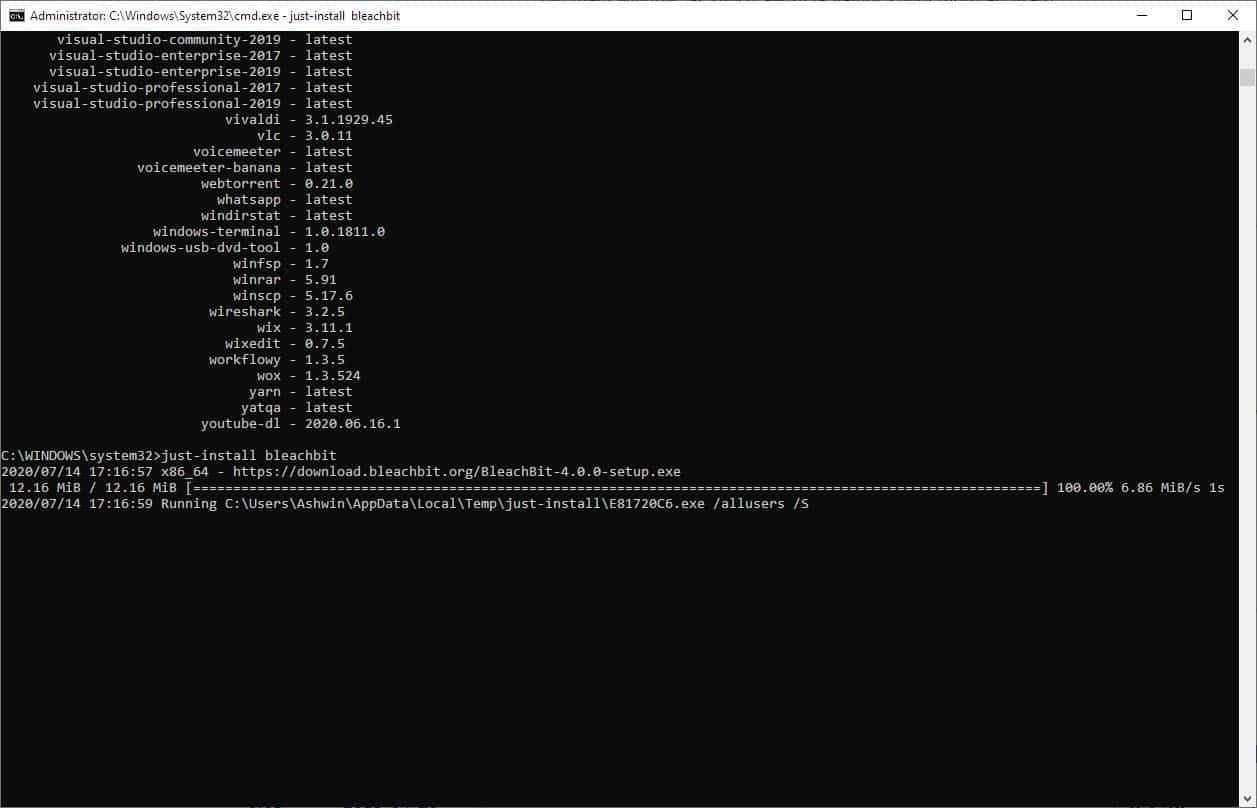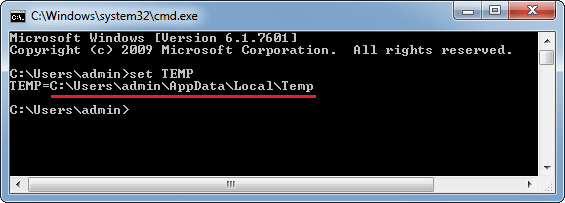

- #Command line stop surgemail how to#
- #Command line stop surgemail code#
- #Command line stop surgemail windows#
This process gets a little more involved but I’ll explain it further once we reach that point. I’m going to show you something slightly different though.

The buffer is specially crafted so that the first field in the record points to some malicious shellcode and the second field points back to the first field so that the shellcode gets executed. There are a few different techniques for exploiting SEH but, generally speaking, it works by overflowing a buffer all the way into the current _EXCEPTION_REGISTRATION record on the stack. We’ve created an error report that you can send to help us improve foobar.exe. You know the one:įoobar.exe has encountered an error and needs to close. This is MSVCRT!exhandler which displays an error message indicating a general protection fault (GPF). Notice that the record for the default handler always sits at 0xffffff.

It doesn’t really matter what direction you think in though. I’m not sure why M$ does this backwards since just about every programmer on earth has each node in a linked list point to the next node.
#Command line stop surgemail code#
These are not the actual names used in the SEH source code but since M$ has so thoughtfully closed their source code, I’ll just use my own names.Īctually, the _EXCEPTION_REGISTRATION* pointer points to the previous record. A four byte DWORD pointer to the exception handler.įor the sake of simplicity, I’ll be referring to the _EXCEPTION_REGISTRATION* field as NextSEH and the DWORD pointer to the exception handler as SEHandler.A four byte _EXCEPTION_REGISTRATION* pointer to the next record.Each record (of type _EXCEPTION_REGISTRATION) in the list is eight bytes in length and has two fields: When an exception is thrown, the OS traverses the list, calling each exception handler until one of them signals that is has handled the exception. Every process has an SEH chain (just a basic linked list) that’s supplied by the OS.
#Command line stop surgemail windows#
Structured Exception Handling is the native exception handling mechanism on the Windows platform. It is very well written which is uncommon for Windows technologies. I highly recommend you read his article in addition to what I’ll explain here. Luckily, Matt Pietrek wrote a fantastic article here on the subject back in ’97. There’s nothing I hate more than lack of documentation for a particular tool.

Unfortunately, SEH is one of the most under-documented features of the Windows platform. Now that we know this, let’s try and take control of the SEH record.īefore we move on, let me explain a little about SEH first. This allowed us to overwrite the Structured Exception Handler (SEH) for the surgemail.exe process. We last left of by increasing the fuzz string length to 11,000 bytes. As you’ll soon see, MSF provides a plethora of tools to help make this job easier for us. Fortunately, we have the Metasploit Framework. :)Įxploit development can be quite a tedious task calculating buffer offset lengths, finding the exact return address, thinking forwards and backwards because of big and little endian architectures, swimming through seas of disassembled code looking for patterns, and so much more.
#Command line stop surgemail how to#
However, in this post I’m going to show you how to turn our cute, little, fuzzy, wuzzy, fuzzer into a full-blown exploit that results in a remote shell. Well, to be politically correct, we didn’t exactly compromise the machine we just crashed it with a denial-of-service. It was fun, right? Compromising a machine is all the more fun when you’ve done it with tools that you wrote yourself. Previously, I explained how to write a simple IMAP fuzzer using the Metasploit Framework. This one took a little extra research on my part which would explain the delay. After a long semester of non-stop work, I’ve finally gotten around to writing another post.


 0 kommentar(er)
0 kommentar(er)
